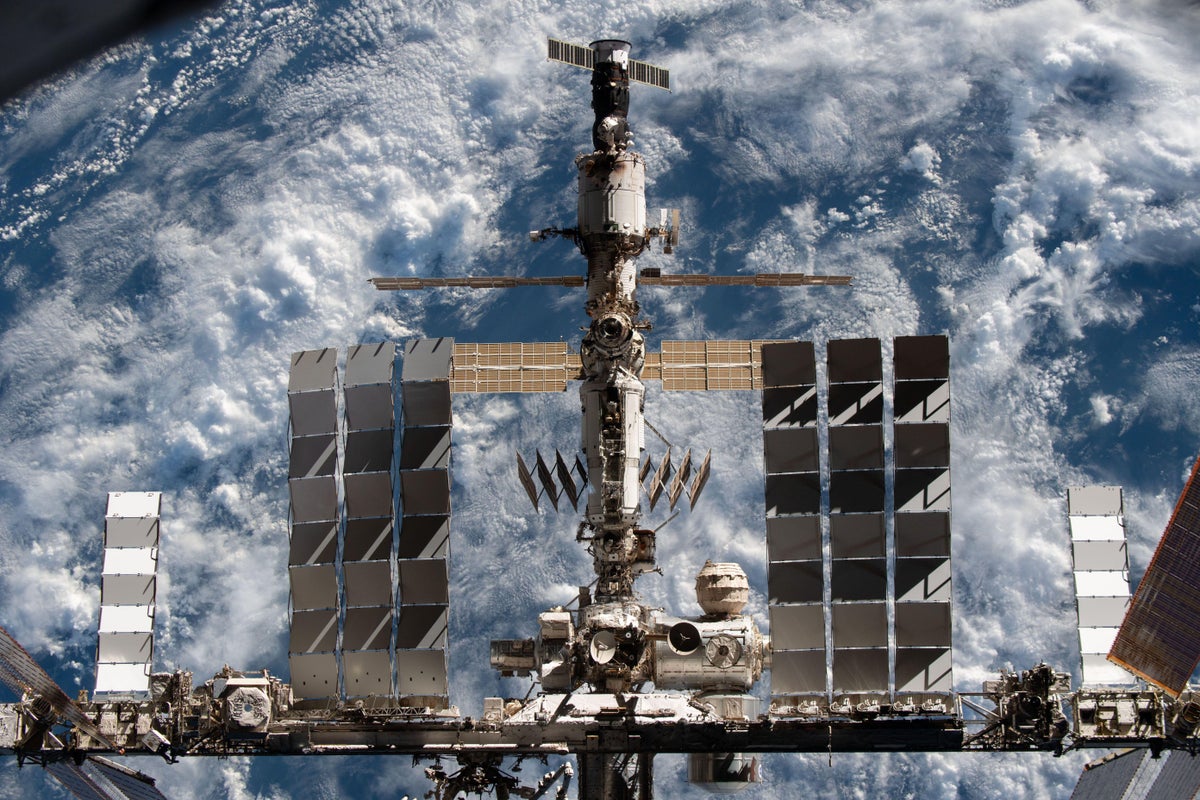- cross-posted to:
- space
- cross-posted to:
- space
It’s a shame they can’t move it to a higher orbit & leave it there for future generations. People a century or two from now will be curious about the earliest days of humans in space.
It would be better to save a few sections as a museum and dismantle and recycle the rest of the materials in space.
We will eventually need to build space ships in orbit, so why not harvest the precious metals and such in orbit? It is currently very expensive to take materials off planet. The metals could be reused eventually and reforged into something else.
You need manufacturing capabilities in orbit before you can “recycle” things, and that’s way off. It’s still more effective to build things on earth and bring them into orbit because we can’t actually build anything in space yet.
We could start now and use the space station to begin! I mean it’s already up there.
I love your enthusiasm and hope.
I too wish we could develop orbital manufacturing systems. I think the problem with the ISS is just that it’s way too old in terms of electronic hardware. I can’t imagine what kinds of computers are running the station given that it was built during the time that we were still working with 32 bit computers by and large.
Ironically enough China is the closest to being able to do orbital manufacturing. They have their own space station (we don’t like to talk about it in the Anglo-sphere) that they built entirely on their own that’s more modern than the ISS. They launch more rockets than we do and have more concrete plans for Lunar colonization than most of the Western powers. I really wish we would take this seriously and re-enter a new age of the space race. China is kicking our asses up and down low earth orbit.




